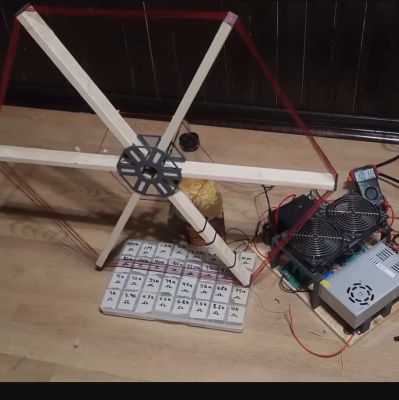The Amiga has a lot of fans, and rightly so. The machine broke a lot of ground. However, according to [Dave Farquhar], one of the most popular models today — the Amiga 600 — was reviled in 1992 by just about everyone. One of the last Amigas, it was supposed to be a low-cost home computer but was really just a repackaged Amiga 1000, a machine already seven years old which, at the time, might as well have been decades. The industry was moving at lightspeed back then.
[Dave] takes a look at how Commodore succeeded and then lost their way by the time the 600 rolled out. Keep in mind that low-cost was a relative term. A $500 price tag was higher than it seems today and even at that price, you had no monitor or hard drive. So at a $1,000 for a practical system you might as well go for a PC which was taking off at the same time.
By the time Commodore closed down, they had plenty of 600s left, but they also had refurbished 500s, and for many, that was the better deal. It was similar to the 500 but had more features, like an external port and easy memory expansion. Of course, both machines used the Motorola 68000. While that CPU has a lot of great features, by 1992, the writing was on the wall that the Intel silicon would win.
Perhaps the biggest issue, though, was the graphics system. The original Amiga outclassed nearly everything at the time. But, again, the industry was moving fast. The 600 wasn’t that impressive compared to a VGA. And, as [Dave] points out, it couldn’t run DOOM.
There’s more to the post. Be sure to check it out. It is a great look into the history of the last of a great line of machines. Maybe if Commodore had embraced PC interfaces, but we’ll never know. [Dave’s] take on the end of the Amiga echos others we’ve read. It wasn’t exactly Doom that killed the Amiga. It was more complicated than that. But Doom would have helped.



















